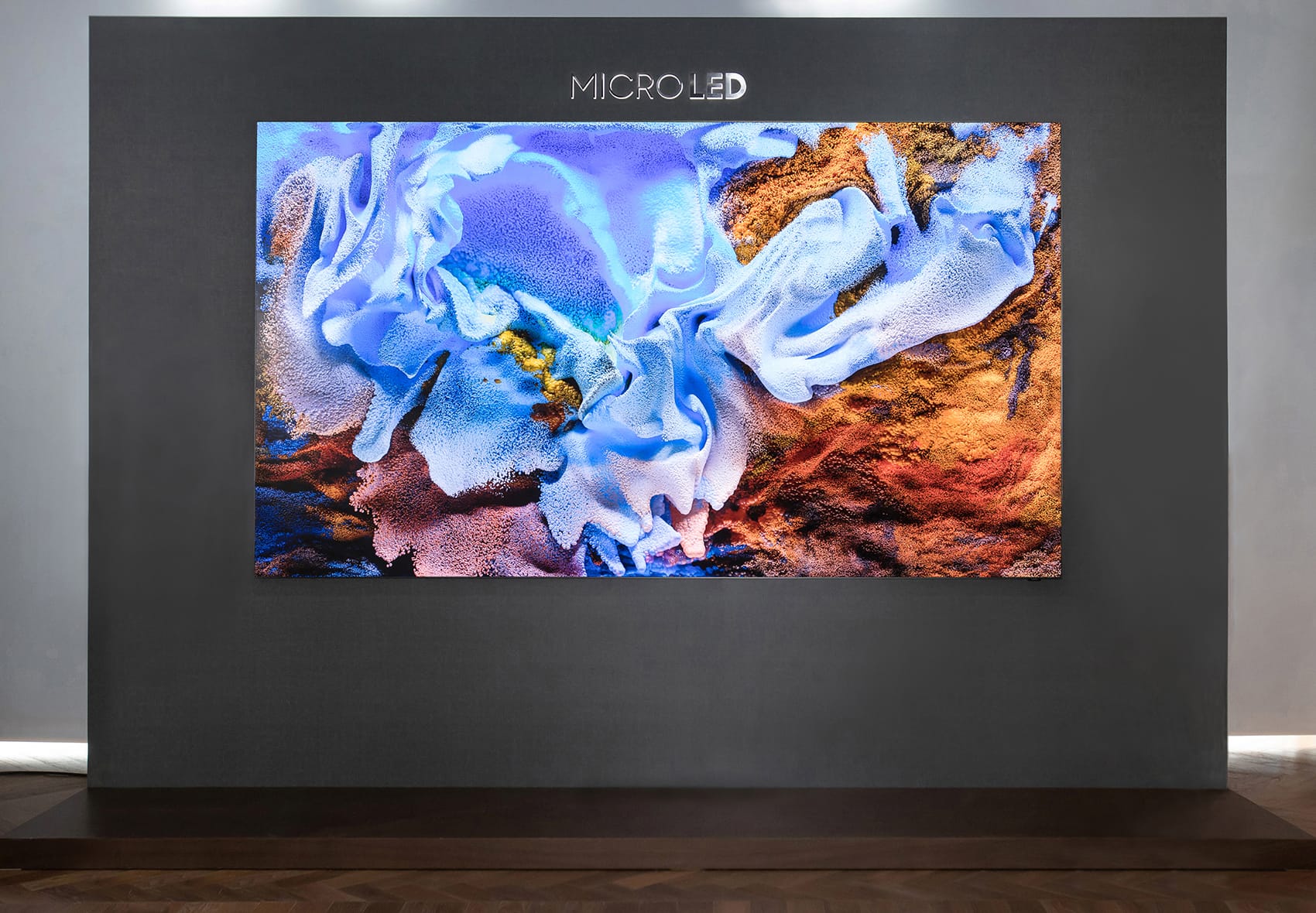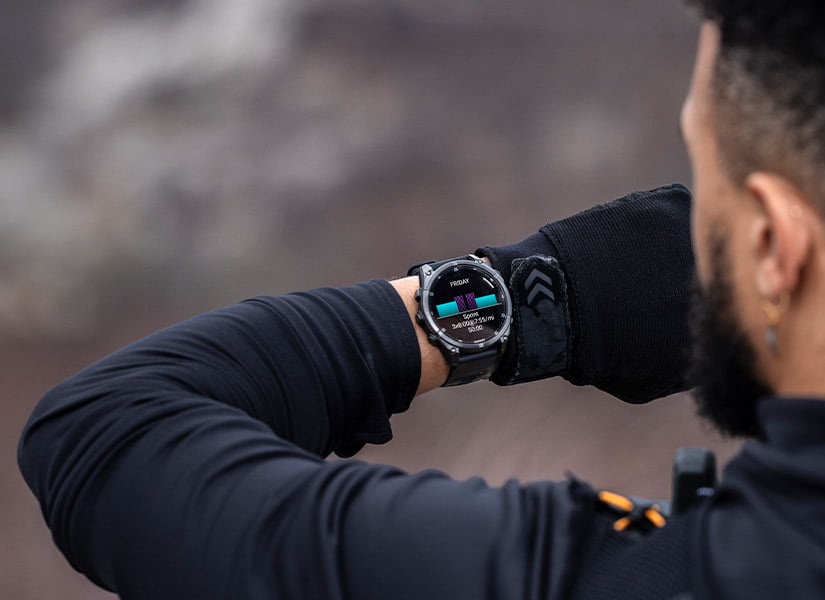MicroLED technology is widely recognized for its incredible brightness, vibrant colors, and dependability, positioning it as a leading candidate for the future of display technology. Although some concerns arose when Apple suspended its microLED development for the Apple Watch, many experts believe that the exceptional performance of this technology is too remarkable to overlook for certain applications.
Potential in Automotive Displays
One promising application for microLED is in the automotive sector. Its high brightness makes it ideal for dashboard displays and instrument panels, and it also offers the potential for striking, transparent head-up displays (HUDs). As noted by Qiu Yubin, a senior research VP at TrendForce, the disparity between luxury and more affordable vehicles could encourage car manufacturers to implement microLEDs in their premium models, even if the initial costs are elevated.
MicroLED in AR Glasses
Additionally, microLED technology utilizing silicon is gaining traction in augmented reality (AR) glasses, where being compact and bright is essential. TrendForce projects that the microLED chip market might soar to a staggering $5.8 billion by 2028, with an impressive annual growth rate of 84 percent from 2023 to 2028.
Recent Developments
There have been some recent significant advancements in this field. Tianma is aiming to finalize its production processes by the end of this year and plans to begin small-scale deliveries by late 2025. At the same time, BOE is collaborating with different companies to invest 1 billion yuan ($139 million) into establishing a new microLED production line in Zhuhai. This facility has claimed to be the first 6-inch microLED plant to achieve mass production, and it just commenced operations this month.
Despite these advancements, microLED faces several obstacles. Geng Yi, the executive vice secretary-general of the China OLED Industry Alliance, highlights that major challenges persist, such as issues with large-scale production, high manufacturing expenses, a fragmented supply chain, and the absence of universal standards.



